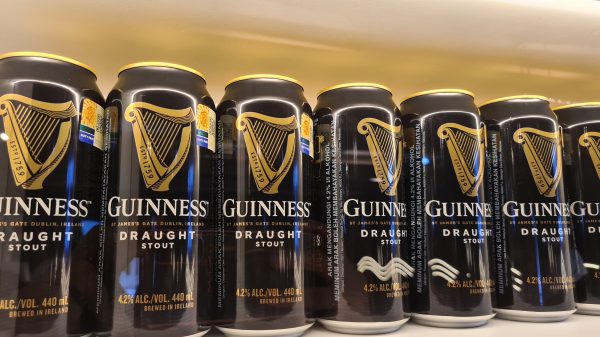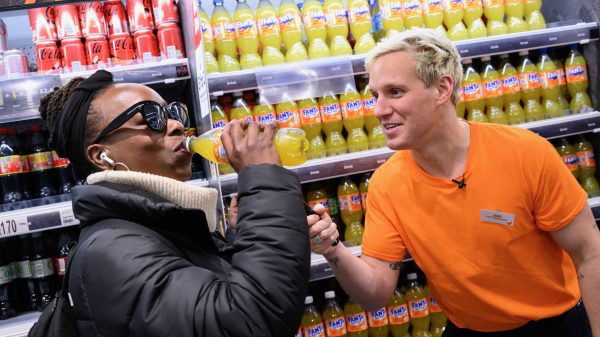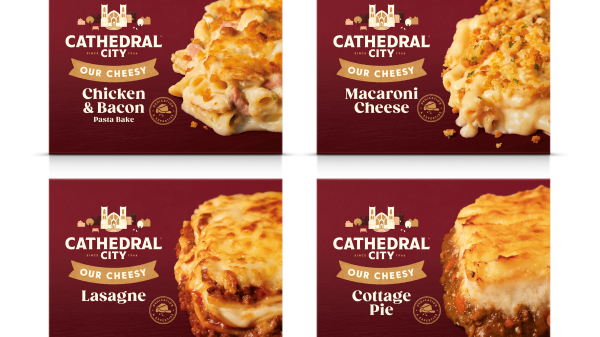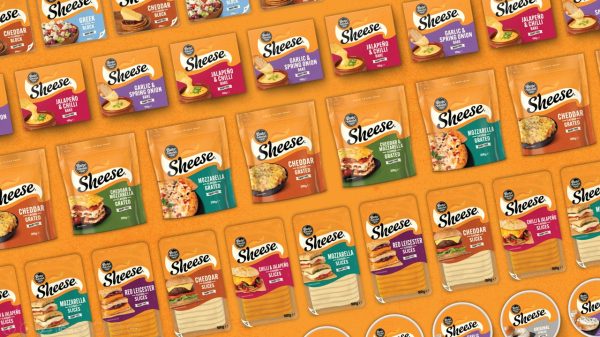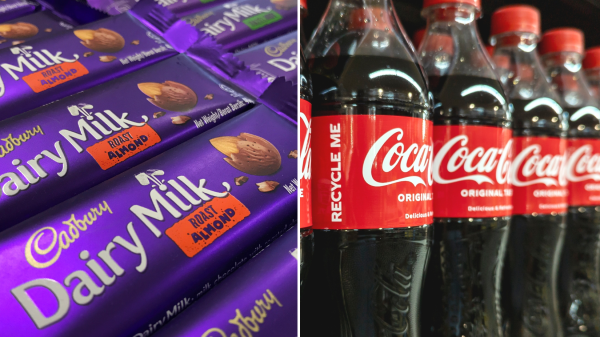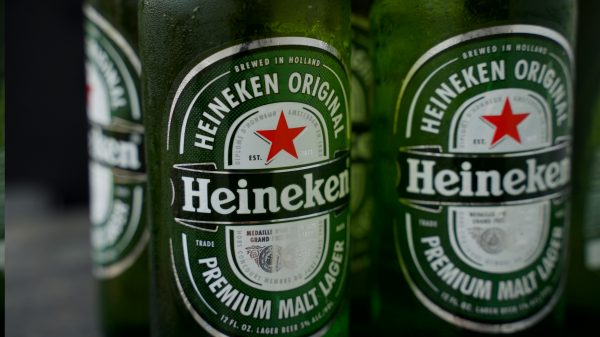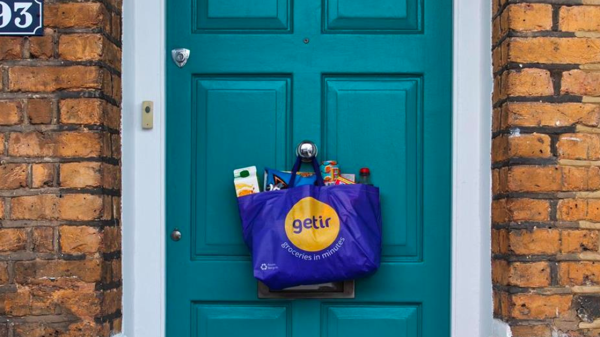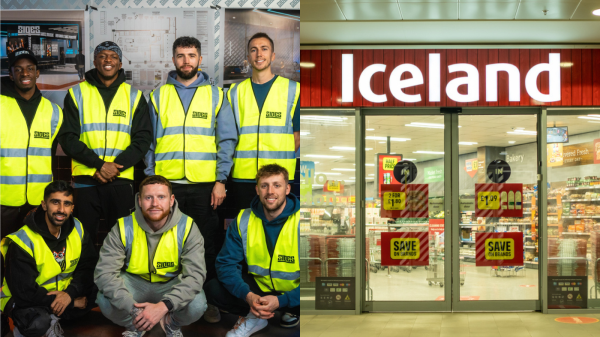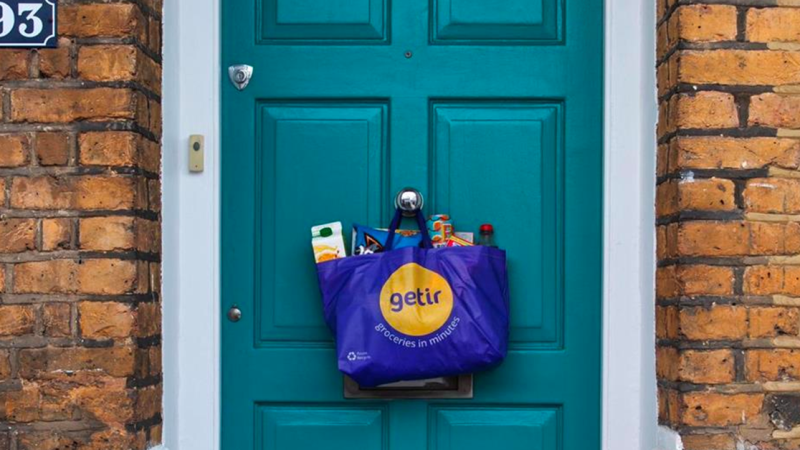When new Unilever boss Hein Schumacher unveiled its full-year results earlier this year, his words were stark: “Our competitiveness remains disappointing and overall performance needs to improve”.
The business said losing shares to private labels across its European markets had contributed to the poor performance.
One area where this was plain to see is the FMCG giant’s ice cream division, which includes brands such as Magnum and Cornetto, which suffered a 6% decline in volume growth over the year.
The FMCG blamed this on “inflation remaining high and private label gaining share as consumers looked for value propositions in this discretionary category”.
Unilever is not alone. Other FMCGs have also been hit by shoppers switching to own-label amid the cost-of-living crisis.
PepsiCo experienced a surprise sales drop its its Q4 sales, its first in 14 quarters, which it attributed to consumers turning away from higher-priced products.
KitKat manufacturer Nestlé also experienced lower-than-expected full-year sales, when it reported total sales were down 1.5% at £83bn.
Grocery Gazette speaks to industry experts to find out just how Unilever and other FMCGs can remain competitive in the current environment.
Tough competition
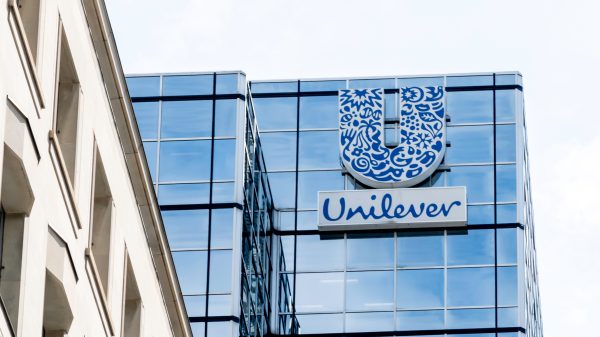
Kantar global thought leadership executive vice president Jane Ostler says that the trend of shoppers opting for cheaper own-label alternatives is a significant and “growing issue”.
“Own-label products make up more than half of grocery spend now, and that share is continuing to grow.”
She points out that own label grew 1.1 percentage points in 2023. While that may not seem a dramatic jump, Ostler points out that in a market as large as grocery this is “quite a lot”.
However, certain categories – such as ice cream – have been hit more than others.
“Some categories are very mature, so growth is harder to achieve because there is more competition,” adds Ostler.
For M&C Saatchi chief strategy officer Sophie Lewis, it is not only the maturity of the category that dictates the competition, but also the improving quality of own-label.
“The problem for brands is that food own-label is now so good. Once upon a time, it was called ‘trading down’, but not anymore,” says Lewis.
“Of course, it depends on your category – frozen peas are very difficult, as you might imagine, as a pea is a pea is a pea.”
For example, in Unilever, while the nutrition and ice cream segments are being hit, their beauty and personal care brands are holding up well.
In personal care, underlying sales grew 8.9% for the year with volumes up 3.2%, while beauty and wellbeing underlying sales rose 8.3%.
The issue, says GlobalData associate analyst Olivier Fevre, is that products in some catergories can become relatively “homogenous”.
Ed Heskins, , head of pricing at global creative network Iris, adds that this leaves leading brands vulnerable to “copycat” alternatives.
“Just when you think you’ve perfected the marketing playbook to build strong, distinctive, margin-protecting brands, the same playbook gets hijacked by copycat own-label brands and used against you,” says Heskins.
Earlier this year, cider giant Thatchers lost a legal challenge against Aldi earlier this year, which claimed the supermarket had taken “unfair advantage” by copying its product “in both taste and appearance”. It is one of many ‘dupe’ products that some supermarkets have created to emulate popular branded products.
“Why should consumers bother with the real thing if they can get a product that looks and feels the same?,” adds Heskins.
How brands can remain competitive
Ostler says brands should be asking themselves some core questions right now as they try to win back share: “Are you different enough? Are you able to charge the price that you need to charge to make your margin? Are you innovating enough?
“Are you keeping up or keeping ahead of consumer needs in that particular category? And are you agile enough to innovate and bold enough to innovate in new categories, as well that that brand might stretch it to?”
Pricing is also a major factor. Heskins says: “Businesses are looking at the effectiveness of their price laddering, including the introduction of cheaper, lower value offers to tempt cash-strapped consumers.”
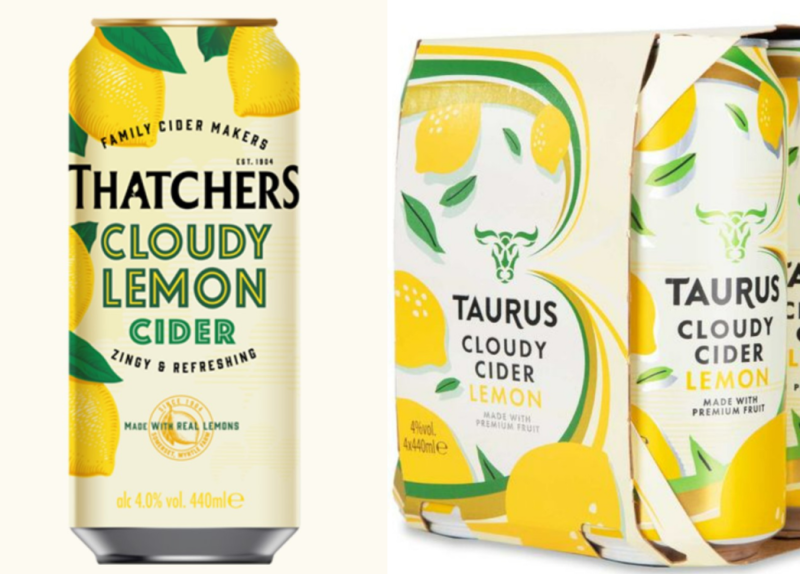
Perfetti Van Melle owned Mentos has designed it range in consideration of the cash-strapped consumer, with the sweets giant boasting a portfolio with multiple price points, and different pack formats, from single rolls, to three- and five-packs and price marker products.
Mentos brand manager Sarah du Plessis said: “These protect particular channels and customers…and it enables us to be really competitive in each channel segment. So when we’re doing a big innovation, we really try and make sure we can cater to everyone.”
Unilever’s Schumacher revealed that it would be “taking action to restore competitiveness in this category” via “sharped pricing and promotional strategy”, first being trialled in the US. It said that sales were already returning to “positive territory”.
As inflationary pressures continue to ease, more FMCGs could take this approach in the year ahead.
Such tactical portfolio building is likely to be something Unilever will soon incorporate across its global markets, having begun experimenting with this regionally.
The are other ways price can be lowered, such as reducing the size of the product, yet this comes with its own set of challenges.
“In the world of FMCG, this has led to “shrinkflation“, or the practice of meeting customers at a consistent price point, but with a smaller or lower value product,” says Heskin.
This highly publicised tactic has led to unrest from customers “deeply unhappy with the practice”, says Fevre.
Late last year a CMA investigation found branded grocery suppliers “pushed up prices more than cost increases”, with the report singling out manufacturers such as Heinz and Danone.
The fall out from the news prompted a parliamentary inquiry into fairness in the supply chain, where last month leading FMCG giants Kraft Heinz and Unilever struggled to explain rising profits as MPs scrutinised the transparency around shrinkflation and accused them of “gauging, greedflation and profiteering”.
A focus on innovation and quality
Such challenges, Fevre adds, underscore the importance of remaining competitive though “maintaining differentiation and consumer trust through branding, innovation, and quality assurance”.
Innovation is vital for FMCGs to stay competitive, but this can take many forms, such as innovating within categories, or looking at new and emerging consumer needs, which may allow the brand to be stretched into new areas.
Such innovation was showcased during Unilever-owned Magnum’s portfolio expansion, which includes popular and limited edition Starchaser and Sunlover – a duo of new layered flavours, putting a spin on the brand’s classic choc ice – which the company claimed “performed well and became Magnum’s biggest-ever innovation”.
Last week, Magnum doubled down on its innovative push, launching two additional products to expand its Pleasure Seekers range – Euphoria and Chill.
Unilever’s other ice cream brands have also explored different formats, with its Talenti brand extending from just pints, to mini gelato and sorbetto bars.
The new innovations have been further bolstered by advertising campaigns that stress the exclusivity of Magnum and the importance of choosing brands over own-label.
The straight-forward advert sees a woman leave her partner over the revelation he bought ‘fake Magnums’, while a soundtrack chants “fake” repeatedly. It is clear Unilever is driving home to shoppers just why they should choose a branded Magnum over a private-label choc ice.
Some may argue maybe the advert is a little too blunt in how shamefacedly it urges shoppers not to opt for a cheaper option, yet Lewis says that for FMCGs to remain competitive, brands need to find multiple and “new ways of demonstrating value”, with such advertising playing a crucial role.
Lewis says competitiveness and justifying why consumer should pay more for branded goods is a question of “How can you make yourself indispensable, vital, and worth paying more for?
“How can you continue to be the choice at the moment of truth, even when your product is double the price point? This might be about portioning, or it might be about product or format innovation.”
IGD retail futures senior partner Bryan Roberts adds that FMCGs should look to emphasise their exclusivity to justify a higher price point.
“Premiumisation is proving to be a successful, if counterintuitive, strategy as it can help drive penetration and category growth.”
A “relentless commitment to superior quality” is the primary strategy Fevre suggests for FMCGs struggling to remain competitive.
“This focus allows brands to carve out a niche that resonates with consumers seeking reliability, excellence, and an unparalleled product experience.
“Emphasising superior quality enables brands to construct a distinct value proposition, positioning themselves as providers of products that consistently surpass industry standards. This positioning, in turn, justifies a premium price point. Consumers, increasingly discerning and value-driven, are more inclined to pay a premium for products that guarantee an uncompromised level of quality.”
For Ostler, Coca Cola, which posted a 6% jump in sales in 2023 due to shopper loyalty, is a great example of what FMCGs should be doing.
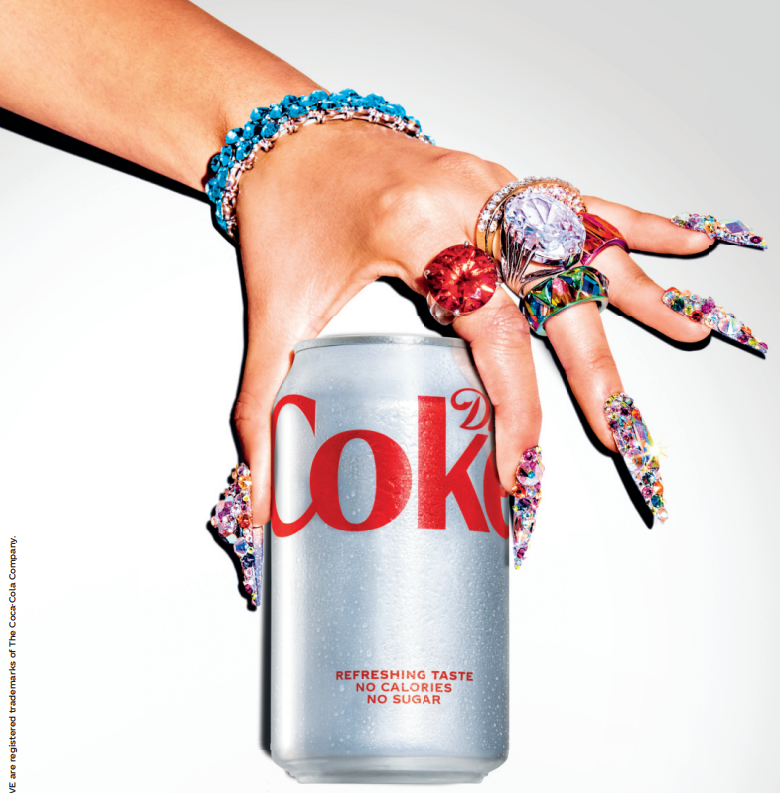
“It’s consistent in its brand offer, consistent in its communications, but every year, there’s a bit of a surprise, a bit of a difference in terms of what they do and how they do it.”
For FMCGs struggling to remain competitive in a period of growing consumer trend towards private label, there is clearly morethan one method to win back shoppers.
Yet for the most successful companies, it is a combination of many factors and walking the fine line between profit and price for consumers.
“It’s a balance between consistency, and refreshing and maintaining your difference,” adds Ostler.

